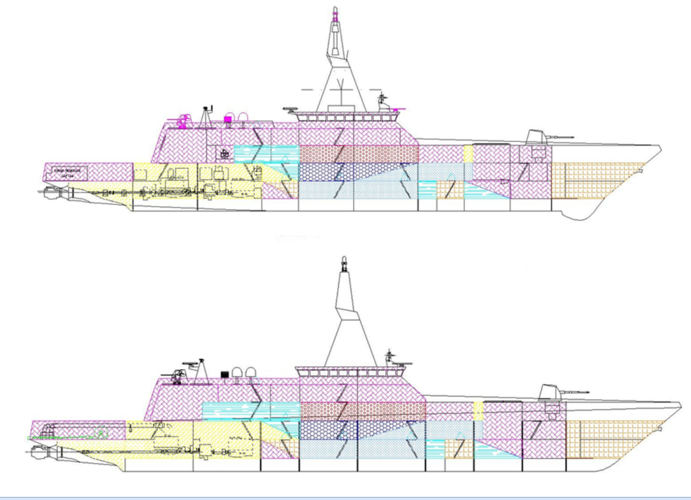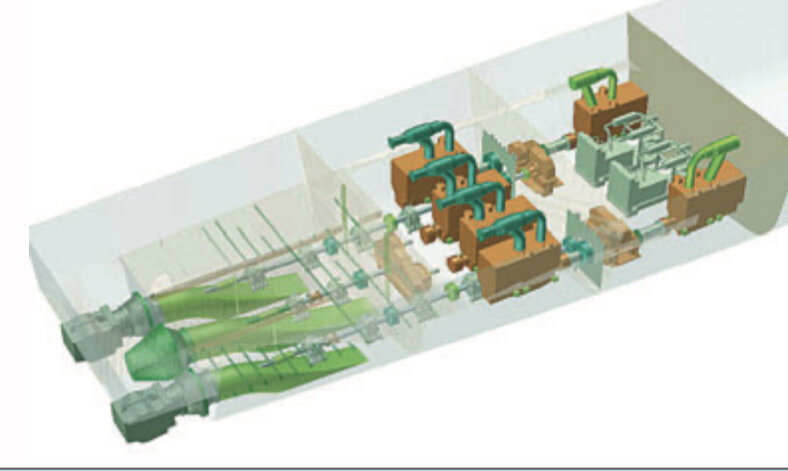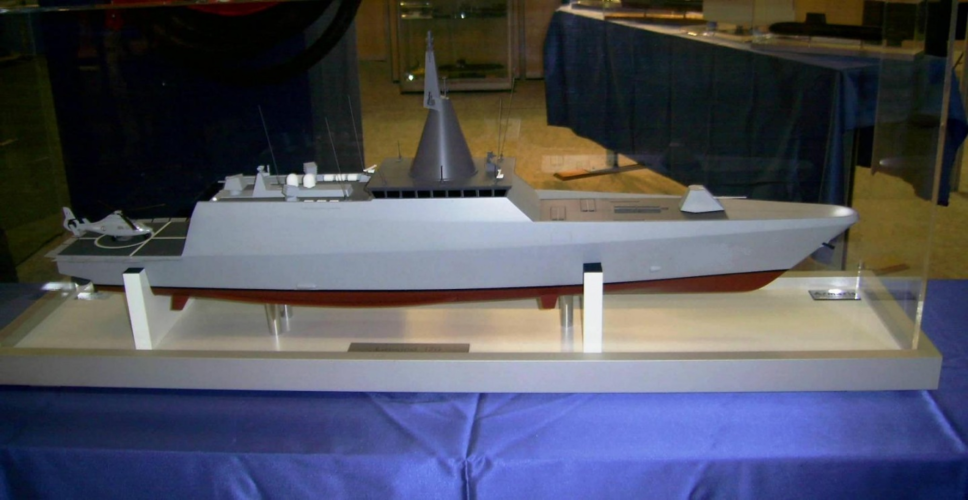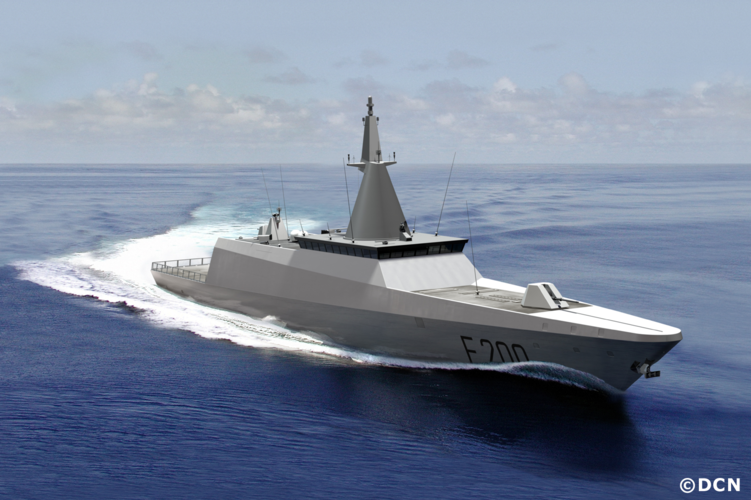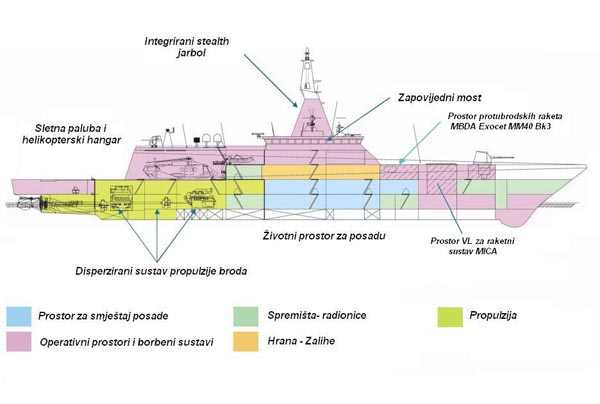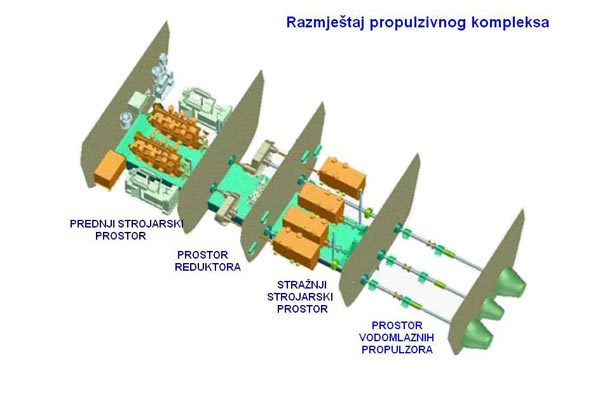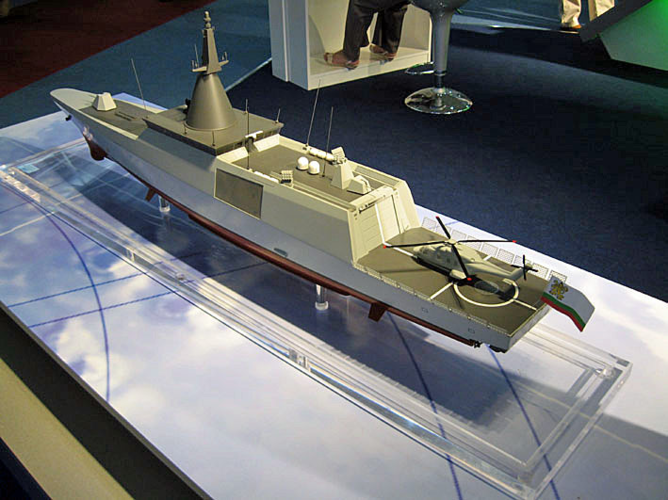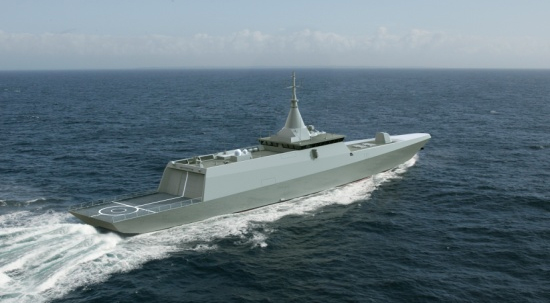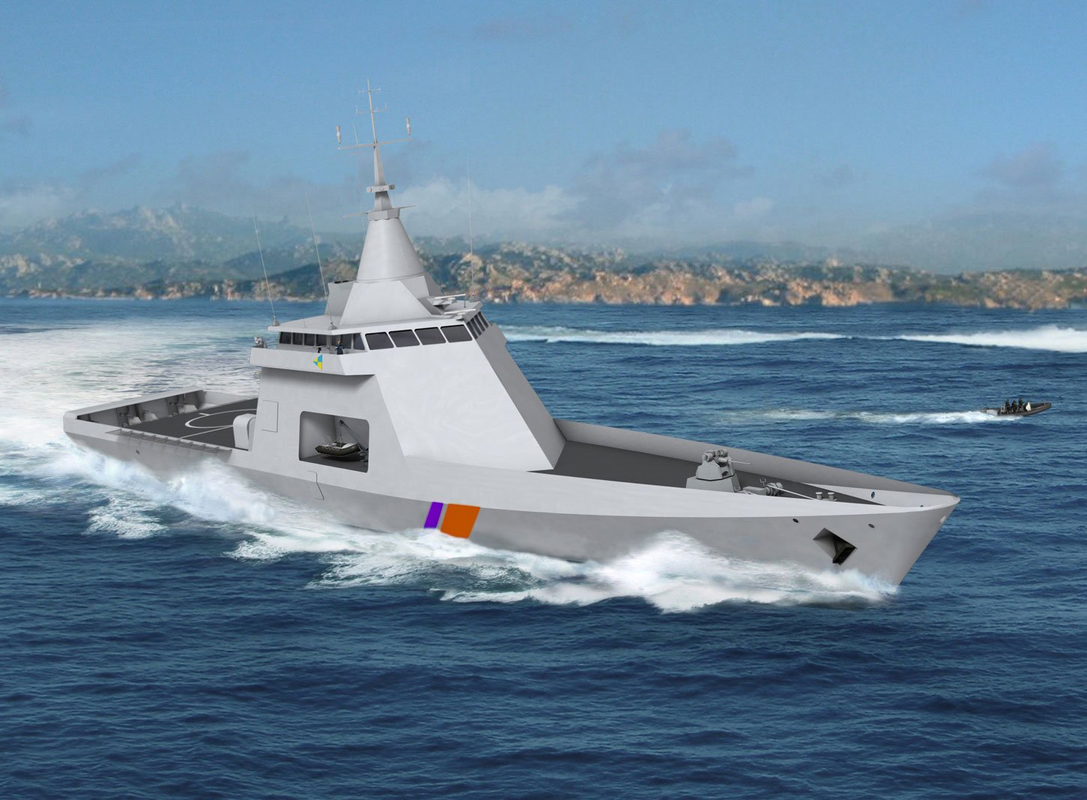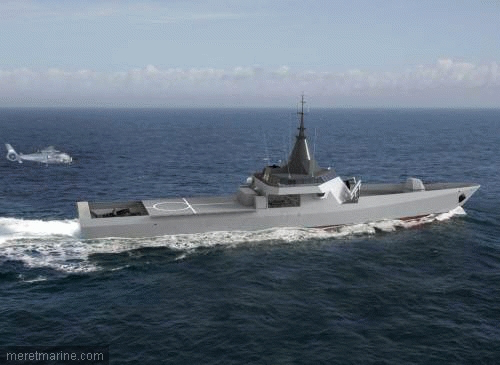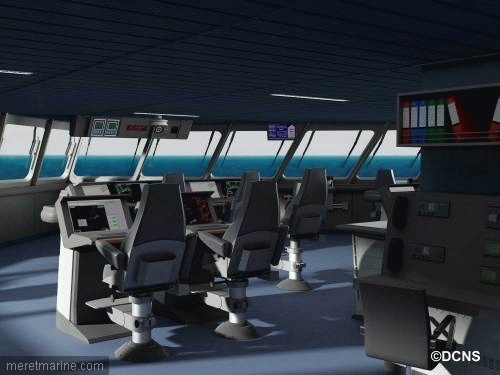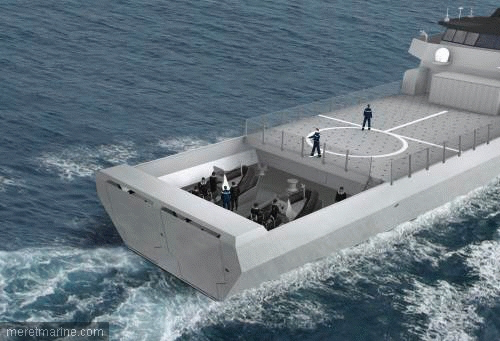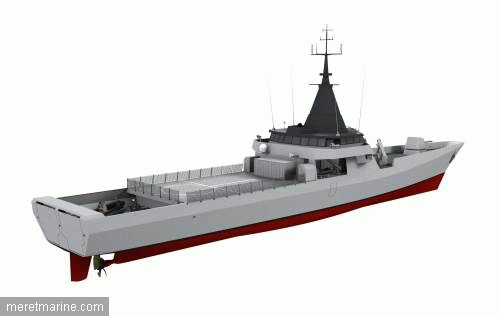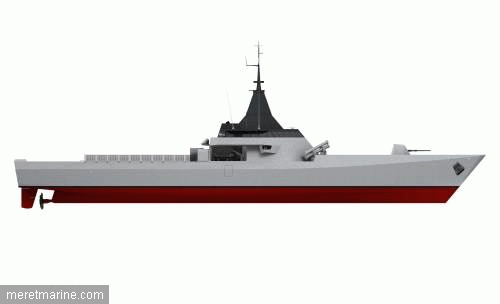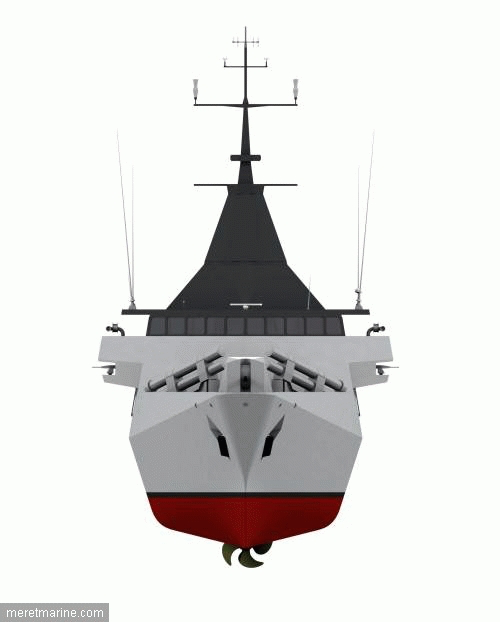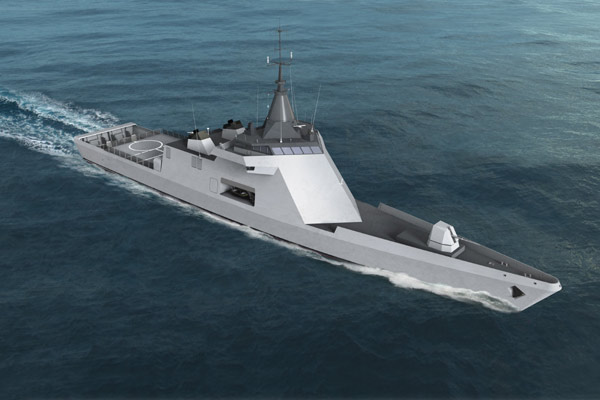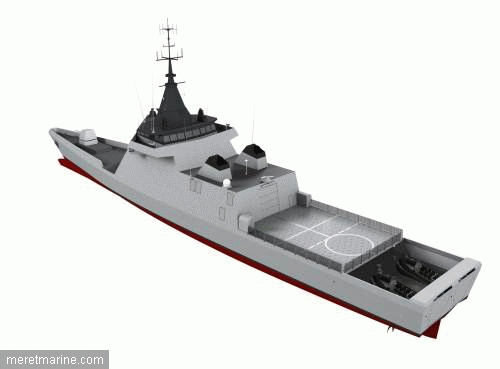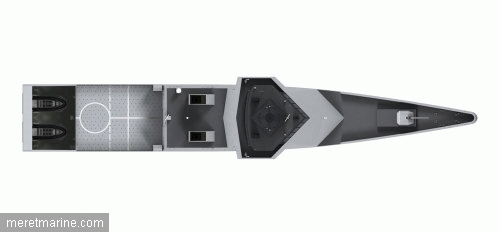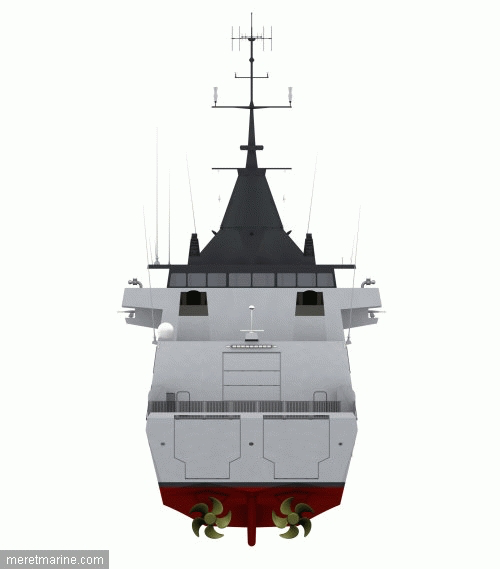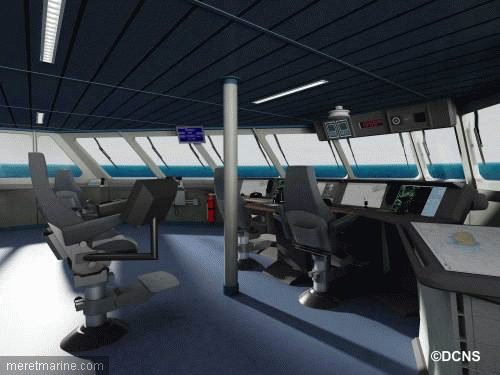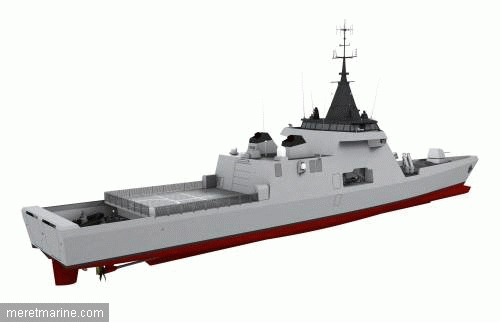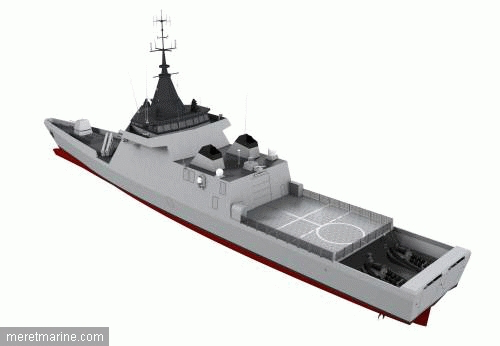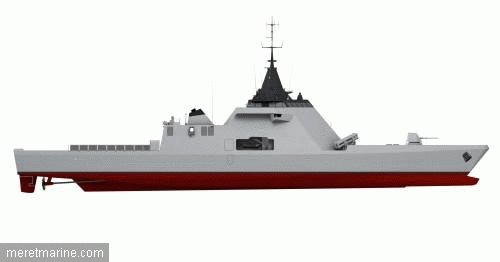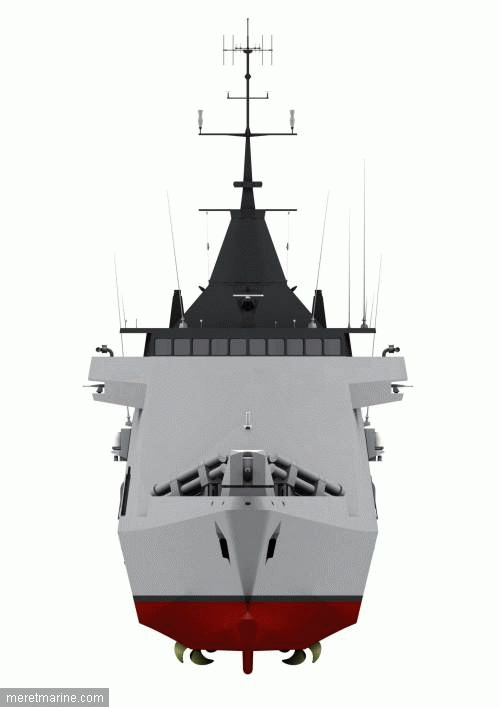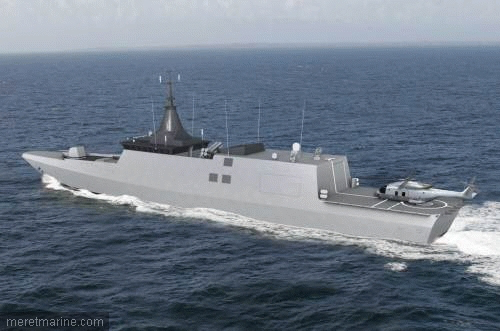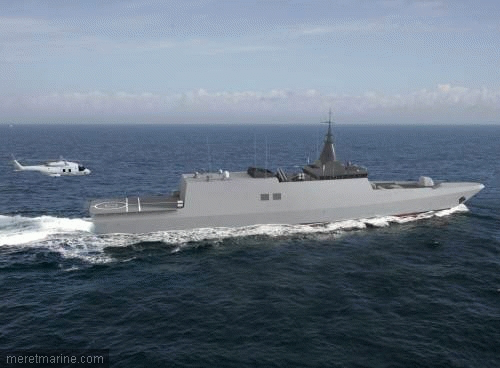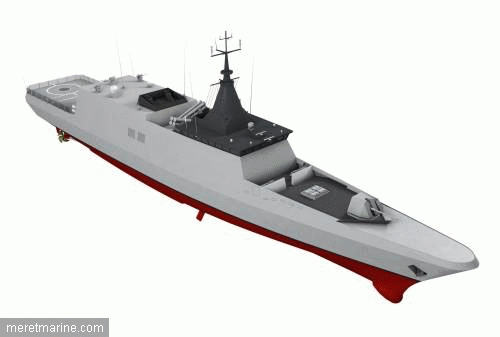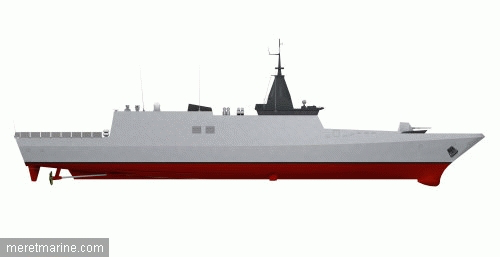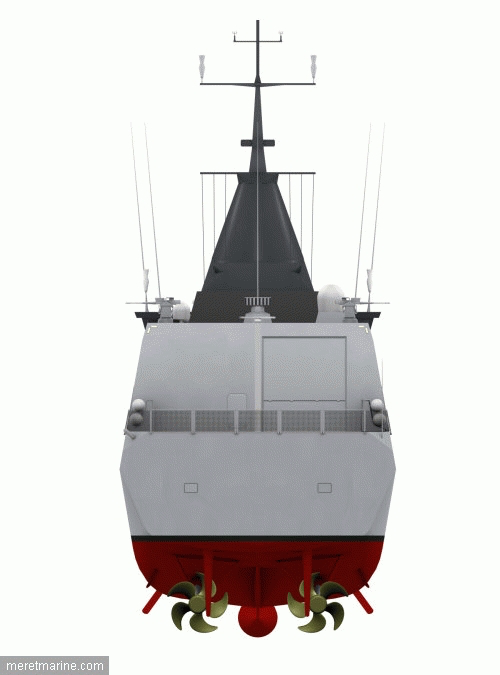Saving this excellent article on the early Gowind designs for posterity before it gets lost in the internet abyss…

web.archive.org
Report: The corvettes and OPVs of the Gowind family
The Gowind family (© DCNS)
17/06/2009
Today we are republishing our report on the corvettes of the Gowind family, supplemented with numerous recent and mostly unpublished images. These views allow us to better appreciate the architecture and the different capacities that these ships, designed by DCNS, will be able to offer.
Launched in 2006, a first version of the Gowind corvettes had only moderate success. These 1000 to 2000 ton boats certainly had beautiful lines and substantial equipment, but they were above all designed as small, heavily armed frigates. However, it quickly became clear that many prospects had budgets that were too constrained to acquire this type of unit. Others were not interested in complex corvettes, preferring simple and robust vessels of the OPV (Ocean Patrol Vessel) type, enduring patrol boats capable of carrying out long patrols at sea. DCNS therefore completely revised its copy to present new new Gowind, more economical and better adapted to current needs. “In recent years, missions have evolved in terms of maritime safeguarding. For example, we see a growing need in the fight against piracy and drug trafficking. It was therefore interesting to have a range of ships responding to these missions but configurable enough to also carry out combat missions, with a graduation between the two,” explains Marc Leroy, Director of Surface Ships product line at DCNS.
An OPV from the Gowind family (© DCNS)
Simple, economical and easy to build locally
From fisheries policing to the deployment of special forces, including surveillance and anti-shipping, the new Gowind family must cover a very wide range of missions. “We have imagined a boat that is simple to operate and maintain, with very competitive costs and equipped with systems that can adapt to the missions.” Significant work was carried out on the architecture of the ship, a simple architecture allowing different versions to be developed flexibly. This also allows for easy construction, capable of responding to technology transfer contracts. “We think that for these boats, we will almost systematically have technology transfer contracts. The design is therefore very simple, allowing construction in almost all construction sites around the world,” emphasizes Marc Leroy. Built to civilian standards for the platform part, the Gowinds benefit, for example, from basic propulsion. It will be based around two lines of shafts, each with a reduction gear, a diesel engine and a small electric motor. “Up to 6 or 7 knots, for port maneuvers or low-speed navigation, the small electric motor will take over from the diesel. This makes it possible to avoid clogging the diesels and to navigate without discharge in sensitive areas.” The smallest models may also have only one line of shafts.
In addition to the simplified architecture allowing easy local construction, DCNS is at the same time developing services to support emerging navies. This offer ranges from assistance in defining operational needs to financing assistance, without obviously forgetting “turnkey” maintenance packages over specific periods.
Rapid deployment of intervention boats
In order to determine the main general characteristics of the new Gowinds, DCNS approached its customers, starting with the first of them: the French Navy. In the discussions, the importance of implementing nautical intervention means quickly emerged. This need arises from feedback from sailors in controlling ships or intervening against drug traffickers or pirates. “It is very important to be able to quickly launch a boat to carry out an interception. And we must be able to deploy a second one fairly quickly which will provide support for the first.” Engineers worked with marine commandos on the rapid boat launching system. Rather than housing the boats in niches and handling by davits, a device requiring the carrying vessel to slow down for launching, a system using an inclined side and opening via the transom was chosen. “This system allows discreet launching while maintaining a certain course. In addition, launching allows the boat to be partially protected when the sea is rough.” The Gowinds will be able to carry boats of up to 11 meters, the size of the boats used by special forces.
Information system and monitoring means
Required to operate in vast maritime areas, the Gowinds are equipped with a single mast, bringing together the sensors. They have means allowing them to integrate into a surveillance system comprising different means, whether ships, aircraft, drones and satellites. “When it comes to surveillance, information is very important. There will be a good presentation of the tactical situation, satellite communication systems and even infrared surveillance means. In the field of radars, the integrated mast is designed to accommodate radars such as the MRR 3D or the Sea Giraffe. We can even install slightly larger systems, like the SMART-S from Thales.” All having at least one helicopter platform, the different Gowinds will also be able to use drones, tools which will play an important role in the surveillance of maritime areas in the future.
The corvettes also have a panoramic bridge, providing good old optics, for example against asymmetric threats. In this regard, the Gowind can be equipped with graduated means against this type of struggle, ranging from water cannons to remotely operated 12.7 mm or 20 mm cannons. The panoramic walkway also allows you to directly see the flight deck and the boat launching facility.
For large fleets and emerging navies
Presented for the first time in September 2008, during a show in South Africa, the new Gowind family is already attracting a lot of interest. The general need to strengthen the means of maritime surveillance and the design flexibility of the new DCNS product mean that the French corvette seems to find a very favorable initial response on the market. For export, the sales potential would be significant, especially since the manufacturer has worked on a product that is economically accessible and can easily be built locally. But the new Gowind is not just aimed at emerging navies. DCNS can notably present its corvette to the French Navy with a view to ensuring the replacement, over the next decade, of the 9 avisos still in service, as well as the 10 P400 type patrol boats. The French fleet is, in fact, looking for large offshore patrol boats that are inexpensive, durable and economical to maintain. It should also be noted that the Gowinds have equipment transport capabilities, particularly on the rear deck.
Different models for different missions
Corvette type Gowind Action
credits: DCNS |
The new Gowinds are available in three main versions, each of which can obviously be adapted to the needs expressed by interested navies. With a length of 85 to 105 meters, these ships have displacements ranging from 1000 to 2500 tonnes.


